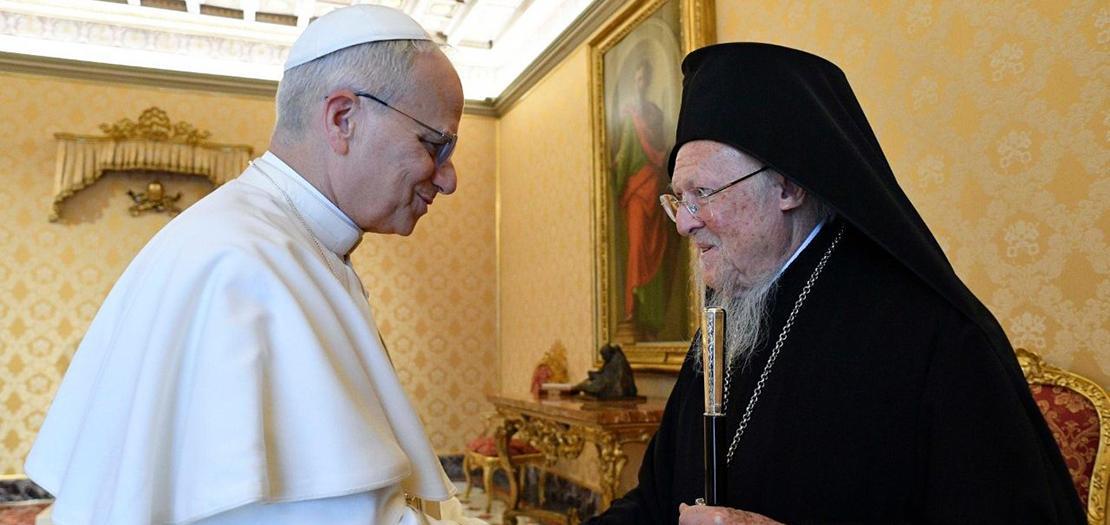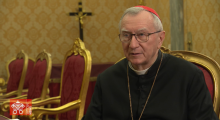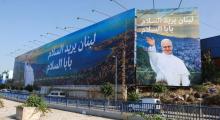Issued by the Catholic Center for Studies and Media - Jordan. Editor-in-chief Fr. Rif'at Bader - موقع أبونا abouna.org

As it was for Pope Benedict XVI with World Youth Day in Cologne in 2005, and as it was for Pope Francis with WYD in Rio de Janeiro in 2013, the first journey of Pope Leo XIV takes him to a destination already set by his predecessor.
He will visit Iznik, in Türkiye, to commemorate the 1,700 years since the first Council of Nicaea, and war-torn Lebanon, in order to keep a promise made by Pope Francis, though war and illness prevented him from fulfilling it.
A Pope’s first Apostolic Journey is destined to mark his pontificate. Pope Paul VI, who in January 1964 made a historic pilgrimage to the Holy Land, embraced the Patriarch of Constantinople, Athenagoras. Pope John Paul II made his first journey to Puebla, Mexico. And Pope Francis embraced millions of young people in Brazil.
By a singular coincidence, the journey that begins on Thursday that will take Pope Leo first to Ankara, Istanbul, and Iznik, then to Beirut, represents almost a geographical synthesis of two main themes that have emerged in these first months of his pontificate: unity and peace.
Unity is at the heart of the first stage, in order to commemorate the Council of Nicaea, which indelibly marked the history of the Church by proclaiming faith in Jesus Christ, the Son of God.
There is no point hiding it: we need to consider the encounter of Nicaea in light of the wound of a divided Church, a wound that continues to bleed and that in recent years has seen new rifts appear.
To return with living memory to a time when the Churches were united, to a council that was also held in order to unify the date of Easter, is a sign of hope.
Reflecting on the unity of the Church, the unity between the Churches, ecumenical dialogue, the return to the roots of the Gospel, of the Fathers, of the first councils, is a way of letting ourselves be wounded by Jesus’ words: “that they may all be one; as you, Father, are in me and I am in you, may they also be in us, so that the world may believe that you have sent me.”
The unity of believers in Christ has an incalculable value, not only for the proclamation of the Gospel. It also holds value for peace in the world.
This peace is still lacking precisely in the land where Jesus lived His earthly life, especially in the Israeli and Palestinian territories, and in Lebanon, bombed by the Israeli army in order to strike Hezbollah militants.
The second stage of the Apostolic Journey brings Pope Leo XIV into a region marked by conflicts that have cost a very high number of human lives, especially civilians, especially children.
Pope Leo presented himself to the world with the first words spoken by Jesus after the Resurrection: “Peace be with you all!”
Now, he goes to explore the wounds of a people who have not known peace for decades. He goes to bring his unarmed witness to a place where, even in recent days, the sinister roar of bombs has resounded, in order to say ‘no’ to the supposed inevitability of war, hatred, and violence.
He goes to console the Christians who live in that country and in the neighboring ones and who are tempted to abandon their land, to remind them how precious their presence is, and how precious is their witness of fraternity and peaceful coexistence with those who belong to other religions.







